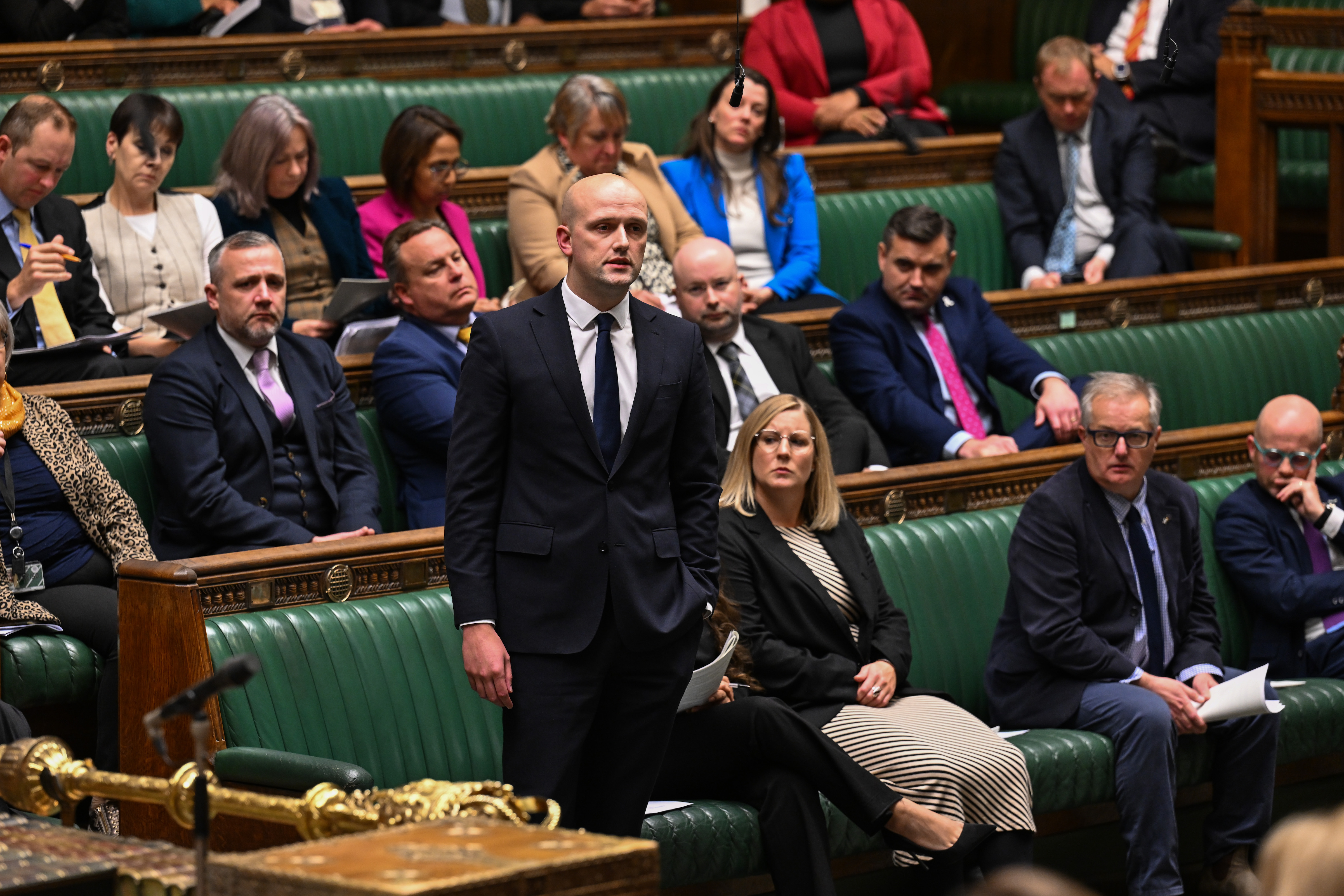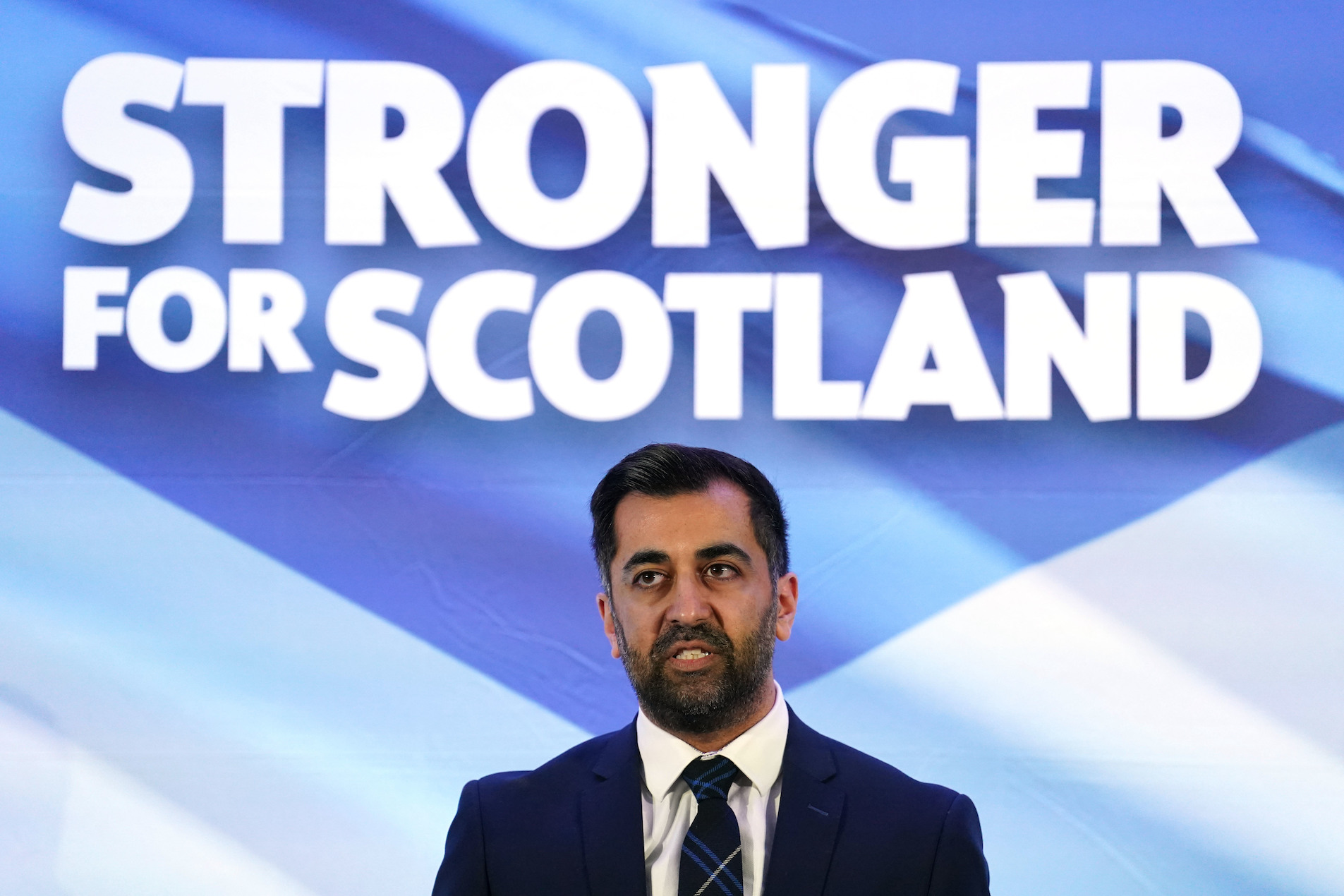What is tactical voting?
Tactical voting is broadly defined as a vote for a party that is not your first-preference.
For a tactical voter, voting pragmatically for a ‘lesser evil’ candidate is justifiable on the grounds it will block a ‘more evil’ option. Ultimately, tactical voters fear an idealistic vote might gift an election to a ‘more unpopular’ candidate.
Utilitarian by nature, a tactical voter opts for candidate that is not ‘perfect’ but clearly better than another candidate whom they wish to block.
Voting tactically is an important part of Britain’s ‘First-Past-The-Post’ (FPTP) electoral system. To win a constituency, a candidate needs a plurality of votes (simply more votes than anyone else).
So, hypothetically, if ‘Candidate A’ received 40% of the vote; ‘Candidate B’, 35%; and ‘Candidate C’, 25%, then Candidate A wins hands down. Given this, if ‘Candidate C’ and ‘Candidate B’ were both left-of-centre politicians and Candidate A was right-of-centre, Candidate A would still win. To prevent this outcome, certain voters might chose to vote ‘tactically’. Those who love ‘Candidate C’ but only like ‘Candidate B’ might bite their tongue and vote ‘B’. Being the ‘lesser of two evils’, B will siphon votes from C – potentially securing victory over the more unpopular’ Candidate A.
Ever since 1997 when tactical Liberal Democrat voters were said to have influenced the scale of the Labour landslide victory, pundits and analysts alike have kept a close eye on the elusive tactical voter.
In the 2021 Scottish Parliament elections, tactical voting by pro-Unionist voters was said to have played a role in preventing the Scottish National Party winning an outright majority. In the SNP’s top target seat of Dumbarton, and contrary to the national trend, the Conservative vote share dropped by 6.3% as many of the party’s voters were thought to have transferred their votes to Labour (up 6.1%), in order to frustrate the SNP gaining the constituency.
Nonetheless, it is possible to overstate the impact of tactical voting. Although tactical voting can sometimes change results at the constituency level, national outcomes are a different matter. Even at a local level, in many constituencies the sitting MP regularly wins with over 50% of the vote, and in these situations, the potency of the tactical voting proposition is far less relevant.
Moreover, many voters simply prefer not to vote tactically.
Tactical voting guides
Tactical voting is difficult. At a very minimum it requires knowledge of previous local constituency voting trends, which may or may not be repeated in a future election.
Given this, in 2019, campaigners on all sides of the political aisle created ‘tactical voting guides’ to ‘help’ tactical voters in their decision making. These websites proceeded to dish out tactical voting advice. They included: ‘Best for Britain’, ‘The tactical.vote website’, ‘Swap my vote’, ‘Vote Smart’, ‘The Get Voting site’, ‘Remain United’, ‘People’s Vote guide to tactical voting’, and ‘The Observer’s guide to tactical voting’.
These campaign groups analysed constituency voting records, considered previous General Election swings and appraised the policies of different parties. And here we find a problem. If tactical voting is objective and purely data-driven, then why do so many sites have different recommendations? Ultimately, this is because tactical voting is not an exact science.
‘Remain United’, a campaign group set up by anti-Brexit activists, recommended voting Liberal Democrat in 50 seats; whereas ‘Best for Britain’, another organisation with the same objective, recommended 180 seats where supporters should vote for the Liberal Democrats. The fact is, organisations often have widely different methodologies for making recommendations.
For this reason and many others, a large majority of people do not vote tactically.
Why do people not vote tactically?
Whilst popular with some people, the concept of tactical voting does not cut through to all voters.
There are many voters who simply prefer to vote for their preferred option. They have limited interest in voting for alternative party, one with whom they might not agree, and perhaps don’t respect. They cannot bring themselves to do it.
There are other people who actively resent being “told” who they should vote for by tactical voting campaigners.
They are sceptical about the computer algorithms championed by tactical voting groups, which pre-ordain what is going to happen in their local area come polling day. Moreover, the perceived unreliability of opinion polling in the last decade, does little to support confidence in these forecasts. Events in a past election, are after all, no guarantee of results in a future election.
And as detailed earlier, the tactical voting proposition is further weakened, when different tactical voting websites (often with similar aims) seem to suggest that the same voter, in the same constituency, should actually do a totally different thing.
Finally there are plenty of voters who prefer to support the party that they have always voted for, almost out of habit. There are wide variations in the extent to which people are interested in politics. Much to the disappointment of tactical voting campaigners, plenty of voters are simply not as preoccupied as them, in studying the intricacies of the local electoral arithmetic.
Tactical voting in the 2019 Election
The 2019 General Election was unique in British History. The oh-so-familiar ‘Left’ vs. ‘Right’ prism was shattered by ‘Brexit’ divides. Party loyalties were in tatters and different interest groups battled to pick up the pieces.

The issue of Brexit led to increased tactical voting in the 2019 General Election
There were 11 major parties running in the 2019 General Election; 4 Brexit-supporting (Conservatives, Brexit Party, DUP, UUP) and 7 Brexit-critical parties (Labour, Lib Dem, SNP, Green, SDLP, Alliance). These 11 parties were competing for two pretty evenly shared sections of the population: ‘remain’ vs. ‘leave’.
In the run-up to polling day, there was extensive speculation around the issue of tactical voting. It was believed that ‘remain’ supporters would lend their vote to the ‘remain candidate’ in their respective constituency who had the best chance of winning. The same logic was assumed for ‘Brexit’ supporters.
However, this was never going to be the case for every voter, as Brexit was not the only issue at play, and as detailed above, voters’ loyalties are not always so easily traded.
Post the election, the remain-supporting ‘Best for Britain’ campaign, suggested that some 800,000 people had voted tactically in line with their advice. A post election report by this particular tactical voting campaign group claimed that tactical voting had helped the Labour Party win 6 more seats than they would have done, it it was not for their campaign.
The ‘Alyn and Deeside’ constituency is one case study here. Going into the election, the incumbent Labour MP, Mark Tami was defending a majority of over five thousand, but doing so, in a constituency where 58% of voters had supported ‘Leave’ in the 2016 Brexit referendum.
‘Best for Britain’ claimed that their website attracted 6,310 unique visitors from the ‘Alyn and Deeside’ area in the lead up to polling day. The group recommended that ‘remain’ voters should support Mr Tami, himself a ”Remain’ supporter and campaigner for a second referendum. Come polling day, Mr Tami held his seat by a slim majority of 213 votes, certainly a level which suggests that the website could have made an impact in this particular instance.
Who votes tactically?
The average tactical voter is said to be engaged with politics, pragmatic, and highly educated.
Moreover if your ‘first-choice’ party is unlikely to win in your area, you may opt to vote tactically; this is frequently the case for many smaller party supporters, such as Lib Dem, Green and UKIP voters.
Polling data from YouGov suggested that some 19% of the population had planned to vote tactically, in the 2019 General Election.
When discussed purely along party lines, it was said that 12% of ‘first-choice’ Conservative voters voted tactically, 19% of ‘first-choice’ Labour voters voted tactically, and 36% of ‘first-choice’ Lib Dems vote tactically.
Electoral Pacts and Tactical voting
Because tactical voting can be confusing, candidates and parties may themselves stand aside to ‘help’ voters in their choice.
Parties with shared goals may enter into a ‘pact’ whereby they refuse to stand in some constituencies in the hope of defeating an agreed enemy.
For example, at the 2019 election, the Lib Dems, the Green Party and Plaid Cymru formed a ‘Unite to Remain’ pact not to field competing candidates in 60 seats.
Working off the logic that he may be able to help the pro Remain Labour candidate, Rosie Duffield, a local Liberal Democrat candidate decided to unilaterally stand down in the Canterbury constituency in Kent, prior to the 2019 election. However his move didn’t work. A replacement Lib Dem candidate was quickly installed by the national party.
Parties may also stand aside for another party without making a pact. At the 2019 election, the Brexit Party opted not to stand in the 317 seats won by the Tory Party at the 2017 election.
Even when parties do not formally stand aside, there are still possibilities it seems, for implicit political co-operation. In an interesting development, in June 2021, the Liberal Democrat Leader, Ed Davey appeared to give a nod to the notion that Lib-Dem voters in the then Batley and Spen by-election might support the Labour Party.
Quoted in the Observer newspaper, Mr Davey said, “In Batley and Spen, we will have a presence – we’ve got councillors there. But we’re not going to be able to, frankly, pour in the resources that we put into Chesham and Amersham. Voters are far smarter than people give them credit for. Liberal Democrat voters may well notice that this is a Labour-held seat with the Tories in a close second, and they’ll draw their own conclusions. But that shouldn’t be stitched up in a back room by party leaders.”
The tactical voting dilemma: Canterbury goes down to the wire


























